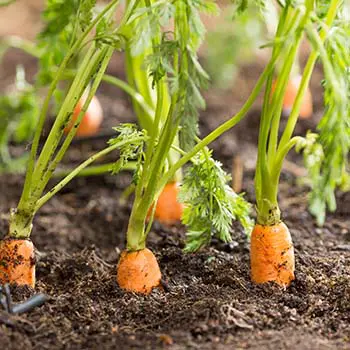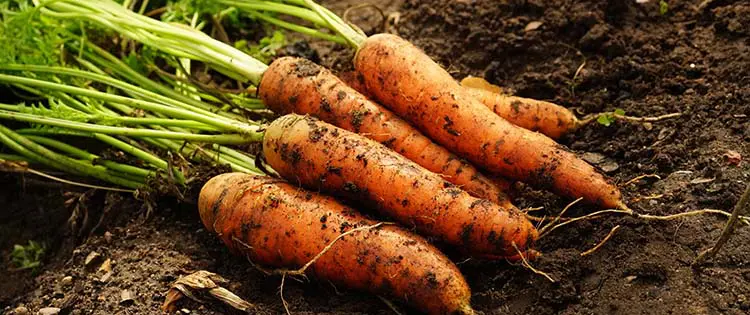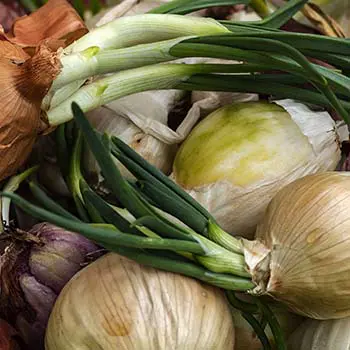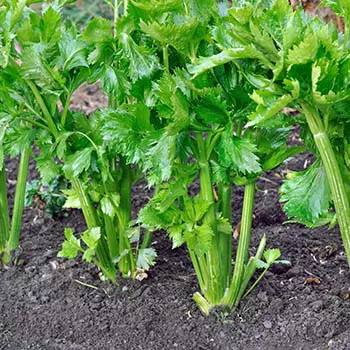Amongst the many vegetables that thrive in a homesteader’s garden are carrots. They are delicious and versatile, allowing you to make many satisfying dishes. Carrots come in several varieties including purple, yellow, red, and orange. They don’t take up much space in the garden, and they’re easy to grow. One thing is for sure, homegrown carrots beat store-bought carrots. They taste a lot better, and they are way more nutritious. If you want to know how to start growing carrots on your homestead, keep reading.
How to Plant Carrots
To grow the healthiest carrots, create a raised bed or double-dig the planting area. The aim is for loose, rock-free soil, to get rid of any stones and lumps by raking the soil. Add a lot of compost if the soil is heavy. Carrots are a cool weather crop, so start sowing 3 weeks before the last frost is expected. Plant the seeds in rows, adding about six seeds per inch, and cover with around ¼ to ½ inch of screened compost, sand, or potting mix; add more to dry, warm areas. Within 1 to 3 weeks, the seeds will start sprouting.
Best and Worst Companion Plants for Carrots
Companion planting is an effective method to grow the healthiest carrots. However, it’s also important to know which plants you should not plant next to carrots because they will slow down their growth.
Best:
- Legumes: Legumes such as peas and beans are nitrogen-fixing plants that boost the soil fertility, and improve, the growth of the carrots.
- Onions: Onions help repel harmful pests such as carrot flies.

- Radishes: Radishes help break up the soil because they grow so quickly; this makes it easier for the roots of the carrots to grow. They also attract ladybugs which are good for pest control.
- Oregano: Due to its strong fragrance, oregano repels harmful pests such as rust flies and nematodes.
- Tomatoes: Tomatoes provide shade for carrot plants which helps keep the soil moist and cool. This is especially useful during warmer weather. Also, tomatoes have a strong smell which helps ward off pests.
- Flowers: Flowers such as nasturtiums, zinnias, and geums, can help attract beneficial insects and repel pests.
- Beetroot: Beetroots have taproots and large bulbs which help loosen up the soil so that carrots can grow properly.
- Chives: Chives have a strong smell which helps repel pests. They also improve the texture and taste of carrots.
- Lettuce: Lettuce and carrots are similar in that they are light feeders; therefore, lettuce won’t compete with carrots for root space or nutrients.
- Turnip: Turnips produce a smell similar to mustard which helps keep the pests away.
Worst:
- Celery: Celery attracts the same diseases and pests as carrots. By planting them together, you increase the risk of diseases and double the number of pests.

- Parsnips: Again, parsnips are a member of the carrot family and they attract the same pests and diseases.
- Fennel: Fennel stunts the growth of carrots because it secretes a chemical called anethole. Fennel also attracts pests such as aphids.
- Potatoes: When planted together, carrots and potatoes compete for resources such as water and nutrients which can inhibit the carrot’s growth.
- Dill: Dill is a bad companion plant for carrots because it attracts pests such as spider mites and aphids. It also has a strong smell that attracts carrot flies.
- Cucurbits: This vining plant grows aggressively and may overtake, and suffocate plants when planted too closely.
How to Care for Growing Carrots
Mulch around the plants to conserve the soil’s moisture, regulate the temperature, and suppress weed growth. Fertilize the carrots with an organic fertilizer. Keep an eye on the carrots and remove and prune diseased or dead parts to promote healthier carrots. Also, monitor for pests and take care of any problems immediately using organic pest control. Keep the soil moist by watering carrots consistently; aim for around 1 to 1.5 inches of water per week. When the weather is dry, increase the watering frequency.
Potential Problems
Animals such as rabbits, woodchucks, gophers, birds, and deer are the main problems for carrots. You can prevent them from destroying your crops by doing the following:
- Cover Them: Birds love seedlings, to keep them safe, cover newly planted rows with fleece. Lay the fleece directly over the surface and remove it once the seeds germinate.
- Hide Them: If animals can’t see your carrots, they can’t eat them. You can hide your vegetables by setting up a tunnel made out of horticultural fleece.
- Wire Crop: Make cages out of wire fencing. Fold the wire into a box by cutting the ends and use stakes to secure the cages in place. It’s best to make them yourself because although garden retailers sell crop cages, they are made out of chicken wire and plastic netting. Rabbits’ teeth are strong enough to chew through this.
- Use Sprays: A lot of mammals won’t go near the smell of rotten eggs. There are plenty of sprays that smell like rotten eggs, use them to keep the animals away. However, do not spray them directly onto the plants; if you have any ornaments nearby, spray them. If not, spray some planks of wood and stick them in the ground near the plants. Sprays made from hot peppers are also a good deterrent.
How to Harvest Carrots
The more carrots grow, the tastier they become. When you choose to start harvesting them is up to you. You can start harvesting them once they are big enough to eat, or wait until the end of the harvest when they have fully matured. Additionally, it’s best to pull carrots out of the ground with your hands because spading forks can bruise the roots. Before pulling, soften the soil by watering it, and loosen the soil with a trowel.
Growing carrots is a rewarding experience. You will feel a deep sense of satisfaction as you witness the tender green shoots emerge and transform into vibrant orange roots. Whether you’re a novice or a seasoned homesteader, roll up your sleeves and embrace the joys and challenges of planting carrots.
You may also like:
What Happens When You Pour Honey Over Jalapenos? (Video)
How To Grow An Endless Supply Of Potatoes












